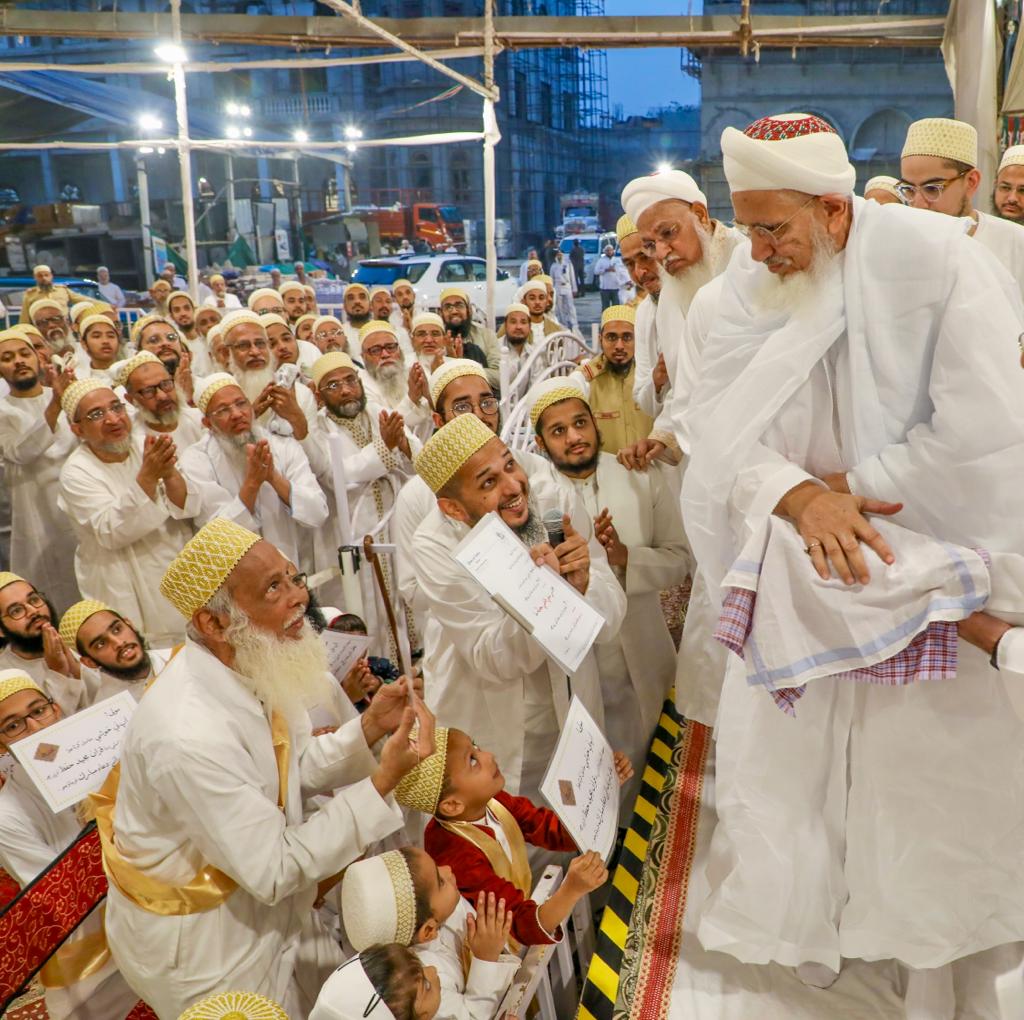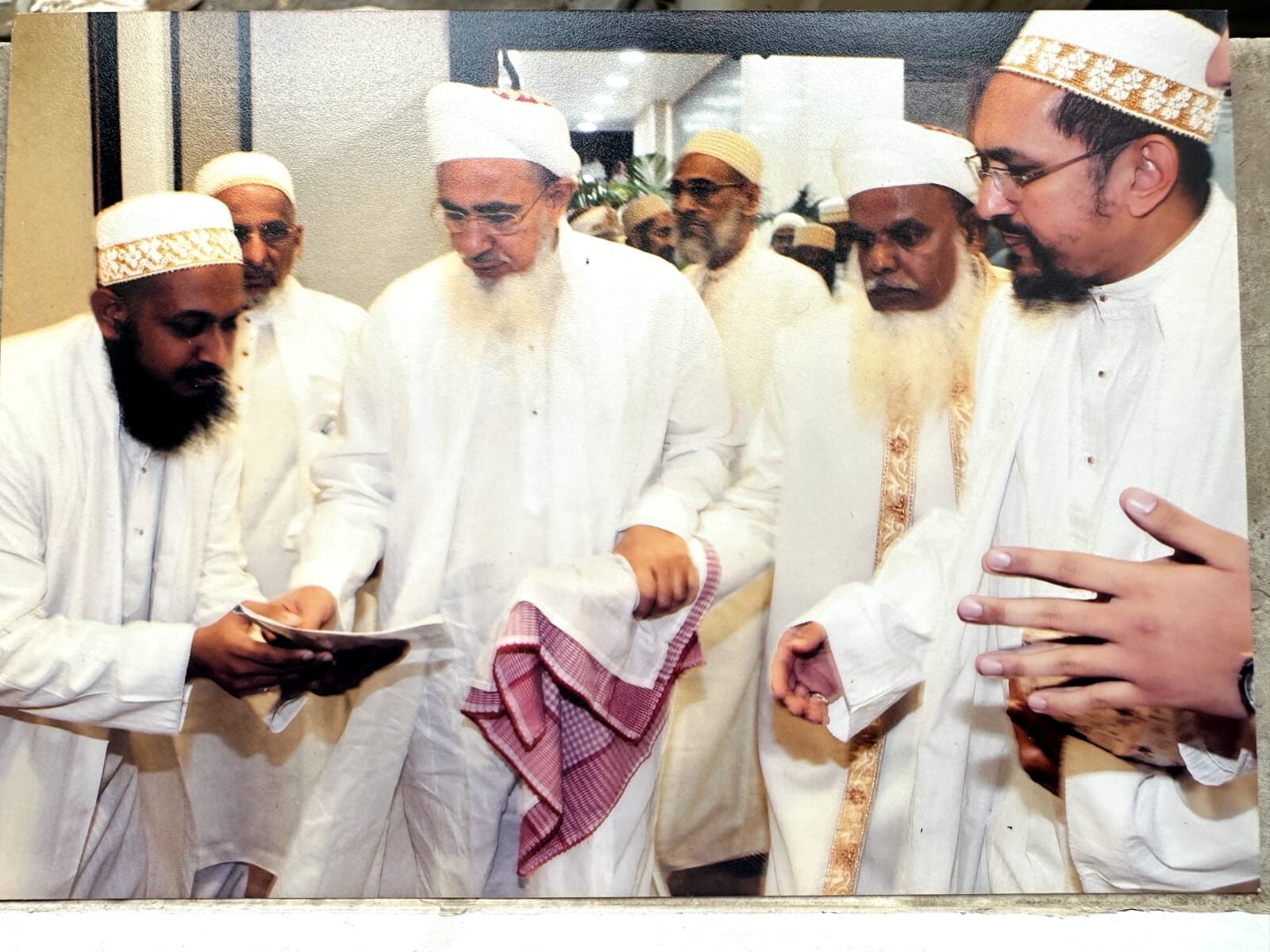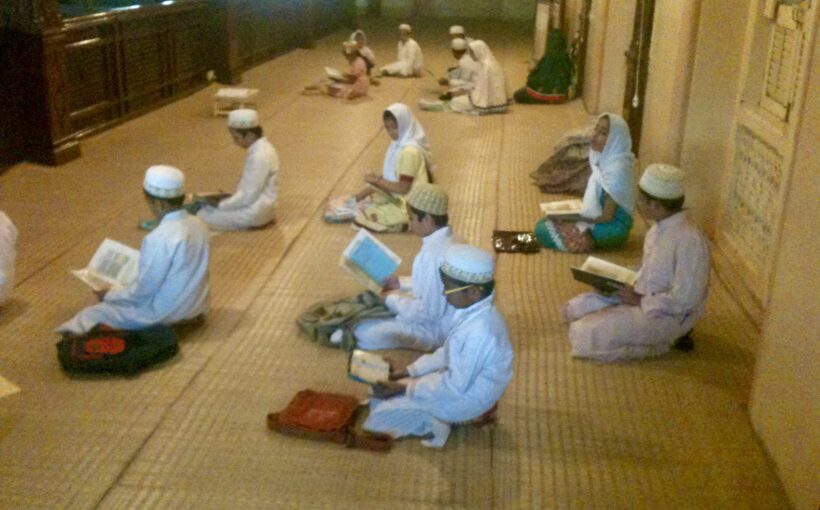Introduction:
In the bustling city of Mumbai, where dreams are woven and aspirations are nurtured, a unique movement has been quietly making its mark for more than a past decade. The “Hifz activities”-focused on memorizing and practicing the proper recitation of al Quran al Kareem, have embarked on a remarkable journey of growth and expansion. Originating on a modest scale, these activities have flourished into a substantial movement, particularly in the vicinity of the pious shadow of Raudat Tahera. Over the last two years, this movement has experienced an exponential surge, transforming aspirations into tangible achievements.
A Spiritual Beginning:
The inception of this distinctive movement took place in Shehre Shawwal al Mukarram, 1432 H. Guided by respected individuals like bs Shabbir bs bin bs Abil Fadal bs and accompanied by Sk Yusuf bhai Burhani and others, an initiative of hifz was launched. Sk Yusuf bhai Burhani played a pivotal role in the significant growth of this program. This progress was possible only due to the unwavering guidance of Shehzada Husain bs Burhanuddin Saheb DM. The primary objective was to establish a hifz program tailored specifically for young students. The idea was to cultivate an early inclination towards hifz, making the journey a simpler and more subtle task rather than a complex one. As these individuals worked on crafting a special program for young students, meanwhile the “Dawoodi Bohra Association” in Mumbai approached them to organize classes for community students interested in joining this divine movement. Many students attending school were seeking proper guidance to proceed on their hifz journey. For this very purpose, a dedicated space in a building named “Basheer Mohammed pan mehendi” was provided.
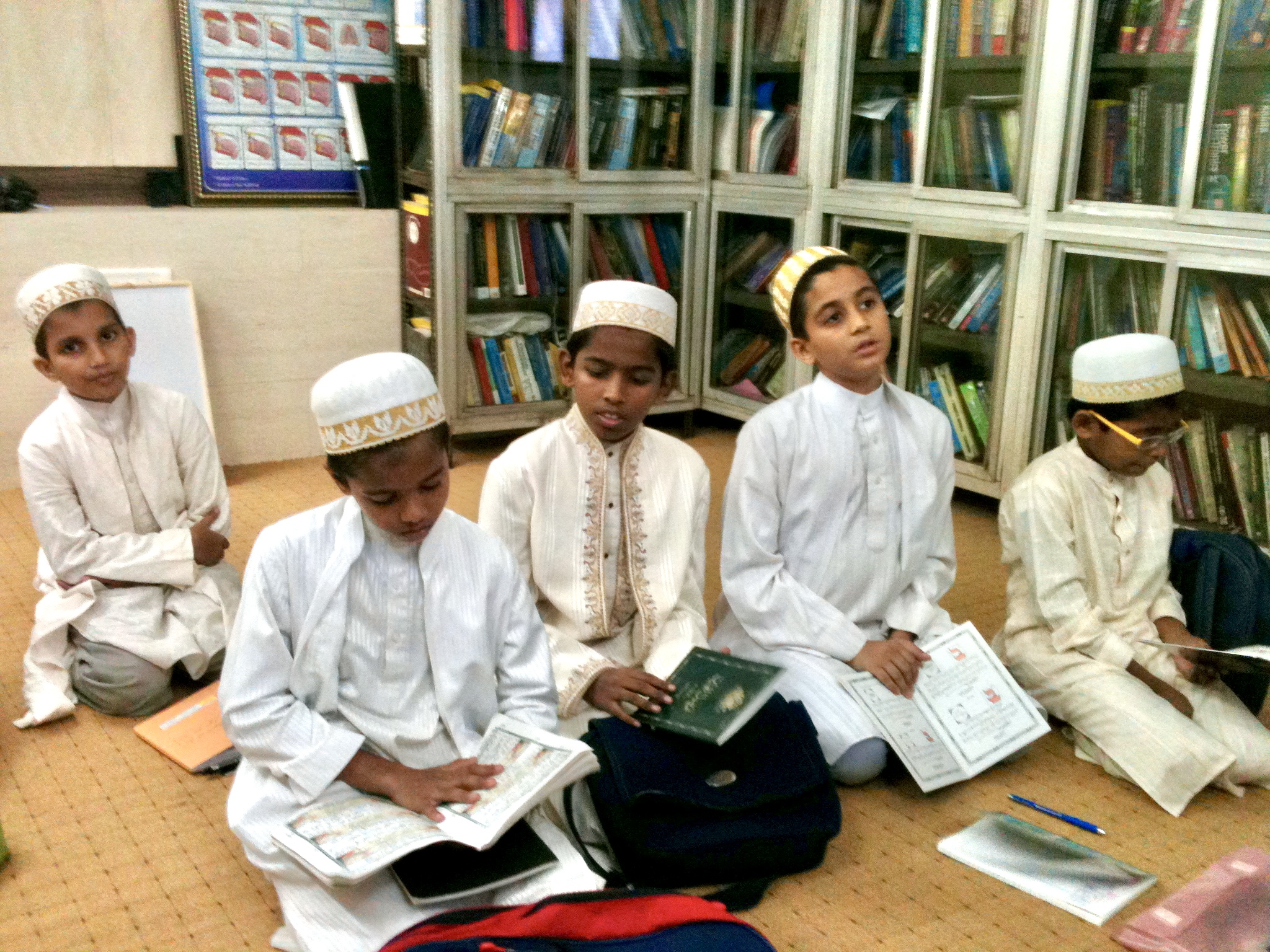
Operations began in this space. In Mumbai, where sustenance is more attainable than a desired abode, the availability of space in the coveted Bhindi Bazar area felt like a divine sign that this movement was destined for great success. Initially, five to seven students enrolled in the program. Within just a few months, the “Basheer Mohammed pan mehendi” area was brimming with aspirants, prompting a later shift to Qutbi Masjid in the same vicinity.
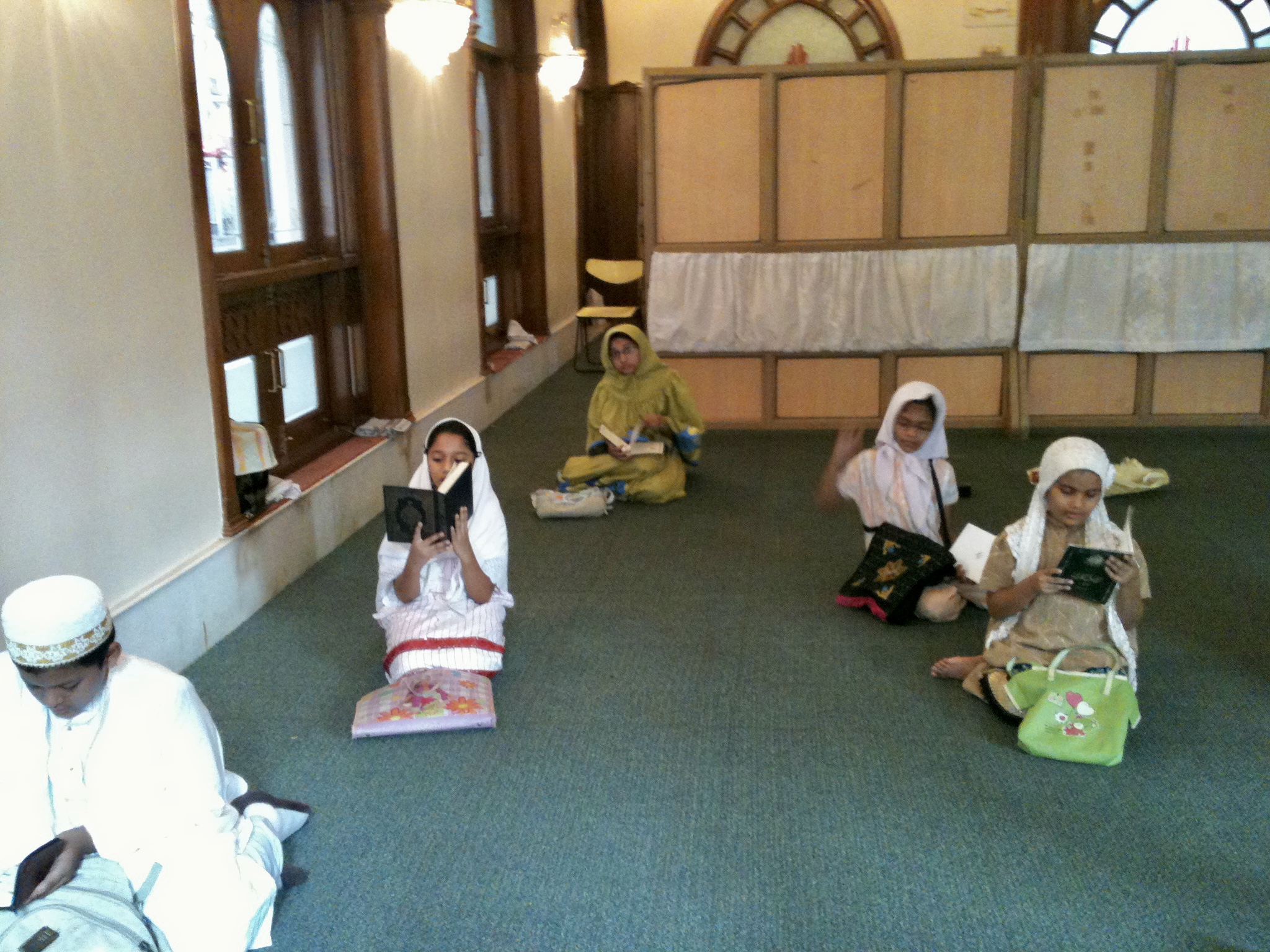
Expansion Under the Pious Shadow of Raudat Tahera:
The location of the Hifz movement holds immense significance. Situated in close proximity to the Raudat Tahera, a spiritually significant site for mumineen, the movement’s operations gain a deeper meaning. The rehabilitation and transformation of the surrounding area under the auspicious of SBUT have been miraculous, setting the stage for the expansion of hifz activities. Emerging from this sacred origin, the movement extended its reach to various corners of Mumbai, aligning seamlessly with the city’s reputation as the “City of Dreams.” This transition marked the initial triumph of the movement.
Shehzada Husain Bhai Saheb’s DM guidance and involvement worked as a Catalyst:
The instrumental support and involvement of Shehzada Husain Bhai Saheb Burhanuddin DM played a crucial role in propelling the hifz movement to greater heights. His engagement in leading Fajr Namaz and conducting Daur al-Quran sessions in Masajid in proximity to Raudat Tahera, notably Saifee Masjid, served as a pivotal force in attracting mumineen to embrace this initiative. Consequently, the number of aspiring huffaz saw a significant surge.
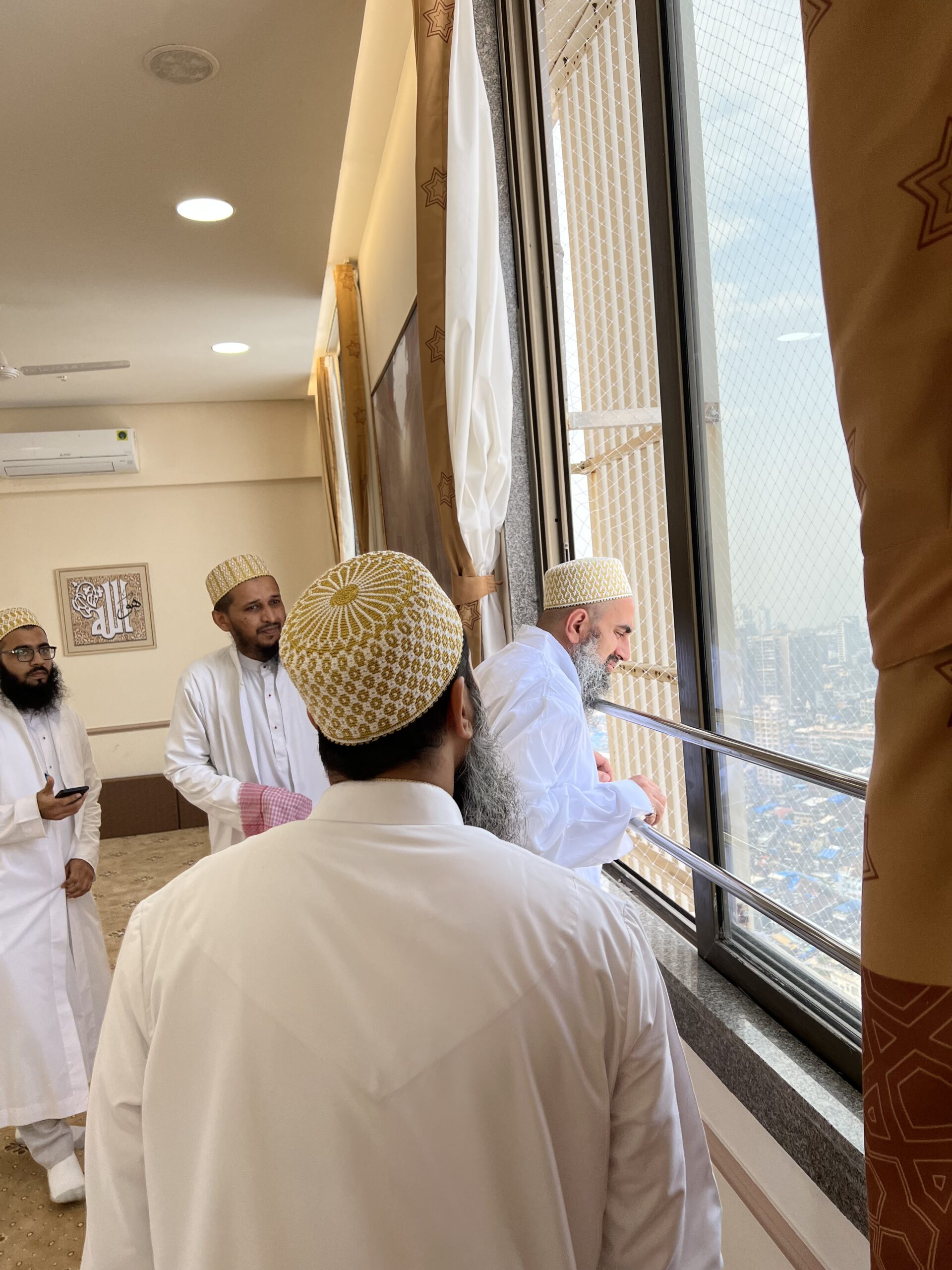
Institutionalization and Expansion:
The momentum of the hifz movement continued to grow, eventually leading to its institutionalization. The transition from Qutbi Masjid to Saifee Masjid marked a significant phase in its evolutionary journey. The introduction of the “Raudat al-Quran school” further fortified the credibility of this initiative. Dedicated individuals like Sk Juzer Bhai Presswala and M Burhanuddin bhai Saifee were appointed to oversee this-Mumbai hifz program. This marked an official institutionalization in line with other tahfeez programs, eventually culminating in its relocation to Najam Baugh.
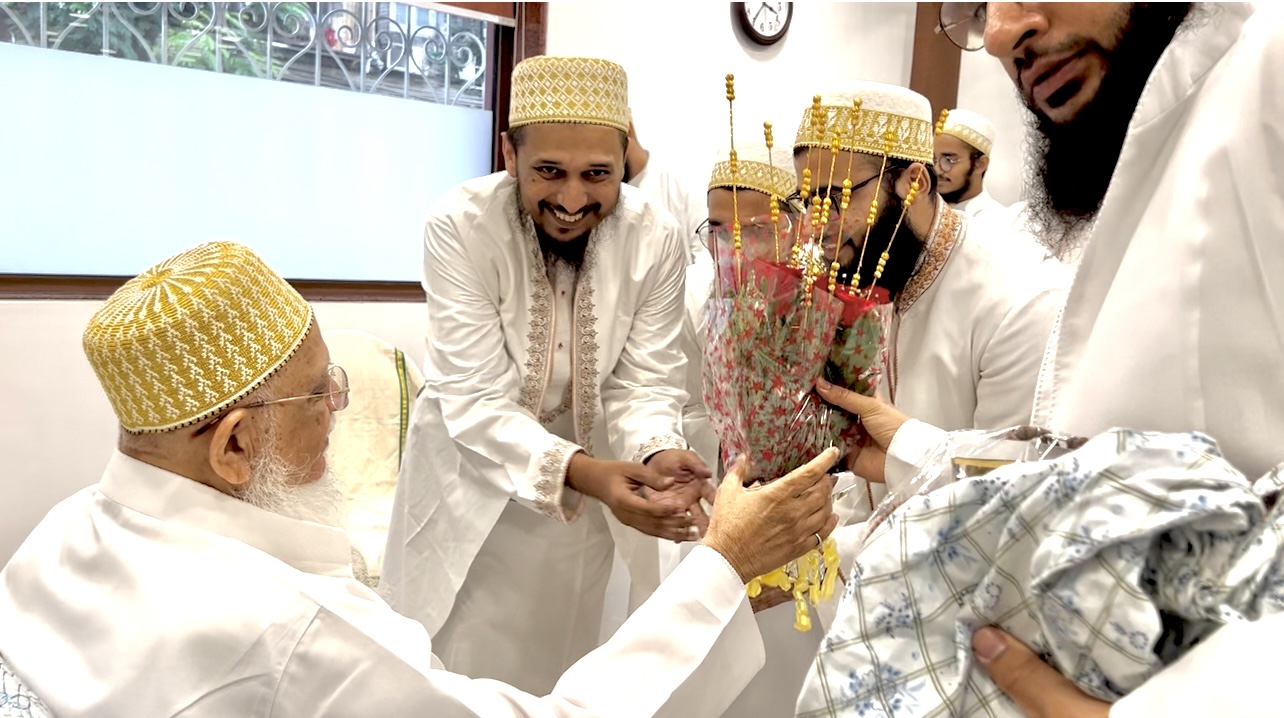
The significance of Najam Baugh lies not only in its name, which is inherently connected to Syedna Abdulqadir Najmuddin RA, but also in its purpose. As Imam AS states, a mumin who recites al Quran al Kareem in his house illuminates for the celestial bodies just as celestial bodies illuminate for those residing on earth. This underscores the importance of the initiatives undertaken by Duat RA for the betterment of Dawat and its followers.
The Hifz movement garnered the support of Anjuman-e-Shiate Ali, a highly esteemed community organization. Their keen interest and support further bolstered this movement, enabling its benefits to reach a large number of mumineen in Mumbai.The authorities of Najam Baugh also played a crucial role by embracing and supporting the hifz activities, generously providing this area without imposing any conditions, which greatly contributed to the successful establishment of this initiative. The acquisition of Najam Baugh can be attributed to their unwavering efforts. As this movement gained momentum, mumineen realized its profound benefits, prompting them to join despite the challenges posed by the dynamic life of Mumbai. Some even joined from the suburban areas of Mumbai. Children and housewives adjusted their schedules to actively participate in the hifz classes.
From Vision to Reality:
The transition from the era of Syedna Mohammed Burhanuddin RA to the current era of Syedna Aali Qadr Mufaddal Saifuddin TUS witnessed the movement reaching new heights. Syedna Mohammed Burhanuddin RA and Syedna Mufaddal Saifuddin TUS shared a vision: to have at least one Hafiz in every household of mumeneen. This vision along with their benevolence transformed the movement from a mere dream into a tangible reality.
Following the wafat of Aqa Maula Syedna Mohammed Burhanuddin RA, Syedna Aali Qadr Mufaddal Saifuddin TUS continued the divine path of his predecessor. He presided over forty majalis of sadaqallah, and towards the end of these majalis, a new incumbent was appointed for this movement in 1435 H. Furthermore, a new division of the hifz program was introduced in Panchgani. In this division the focus was on providing a comprehensive education that incorporated both hifz classes and regular schooling, showcasing how both aspects could be harmoniously managed. The responsibility of overseeing both the Najam Baugh and Panchgani programs rested on the shoulders of the new incumbent, Sk Imran bhai Badri.
During his tenure, a moment of great anticipation in the Mumbai tahfeez was realized. The program successfully produced huffaz – those who had memorized the Quran – not just one or two, but six individuals, in the year 1438 H. This achievement was met with astonishment and joy. Subsequent years witnessed a consistent increase in the number of huffaz generated through this program. He, along with other students who were pursuing hifz, had the privilege of presenting their achievements during the auspicious visit of Aqa Maula Syedna Aali Qadr Mufaddal Saifuddin TUS to Najam Baugh. On this occasion, Aqa Maula TUS bestowed them with his exceptional blessings, reaffirming the significance of their hifz activities.
After the aforementioned individuals, the responsibility was entrusted to a new candidate who had initially initiated this program. Sk Yusuf bhai’s competence is evident, needing no further explanation. Aqa Maula TUS’s cherished wish, that every household should have at least one Hafiz, ignited a passionate pursuit of completing the Hifz among mumineen.
The city of Mumbai, blessed by the presence of Duat Mutlaqeen RA and its residents privileged to witness their glory, embraced this movement with enthusiasm. The fervor for hifz grew day by day, leading to the establishment of numerous hifz venues. What began as a modest endeavor in a small location has now flourished across multiple areas of the city. Although the potential for expansion exists, local constraints dictate that it remains confined to the areas where it has thrived. Sadaat Kiram DM graced the hifz venue with their presence. The establishment of the hifz program in the following venues stands as a testament to the rapid expansion of this movement in a remarkably short period.
Here are the names of the venues in Mumbai where the Mauze Tahfeez_Mumbai is successfully running multiple tahfeez programs for all mumineen, catering to all age groups and professions:
AlSaadah – Head Office – overseeing operations.
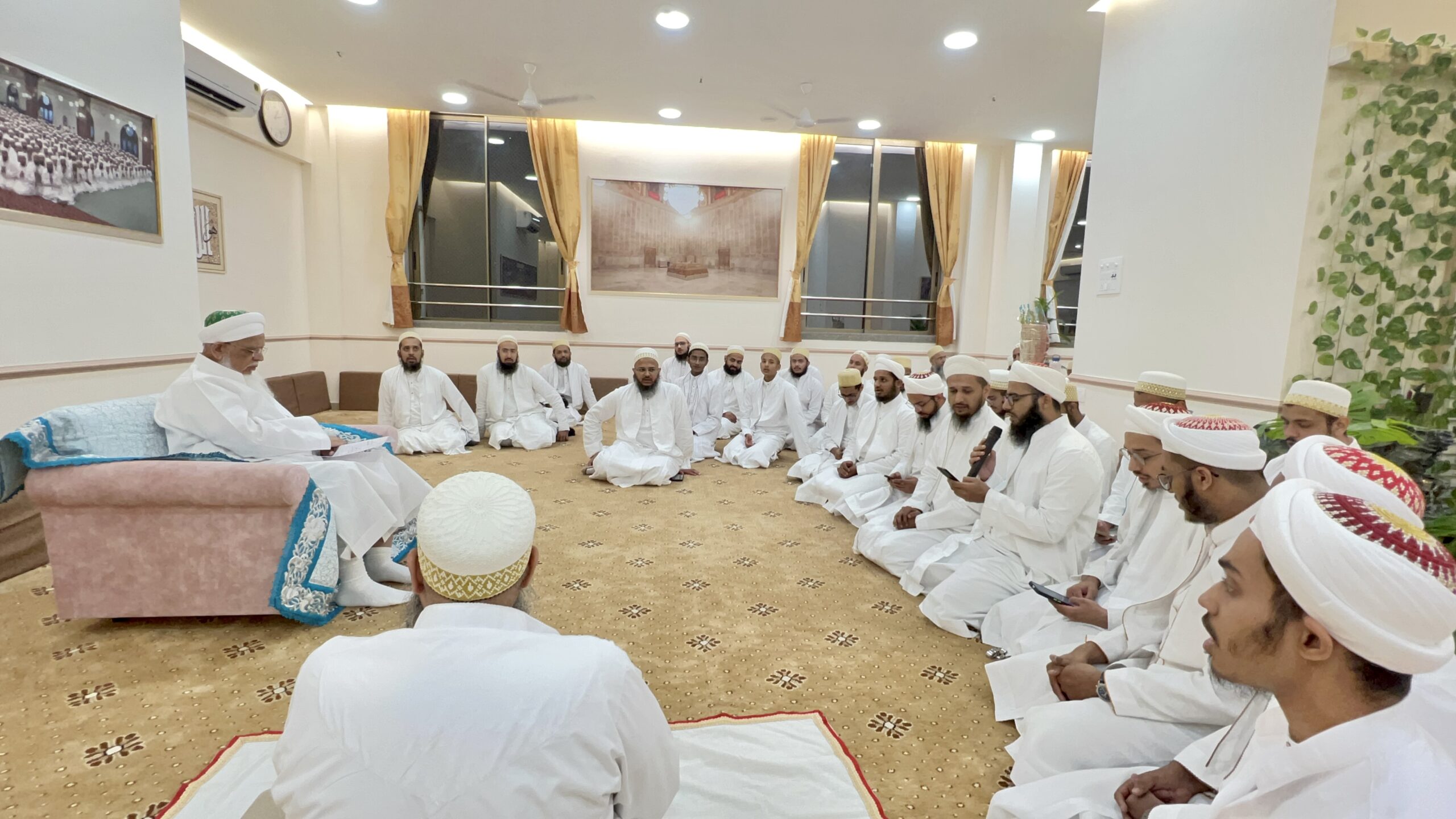
Najam Baug
Anjeerwadi
Badri Masjid
Mohammedi Masjid
Zaini Masjid
Conclusion:
The journey of the hifz movement in Mumbai stands as a powerful testament to the strength of unity, unwavering dedication, and steadfast faith. What began as a modest initiative has blossomed exponentially, weaving itself into the very fabric of the community. The movement’s proximity to the revered Raudat Tahera and the steadfast support of respected shehzada Husain bs Burhanuddin saheb DM have played pivotal roles in its resounding success. The impact of this movement goes beyond mere numbers; it has transformed lives, serving as a radiant example of how a collective aspiration can pave the way for extraordinary accomplishments.
Here are a few glimpses of the achievements in terms of numbers, showcasing those who have successfully achieved the ultimate feat of becoming hafiz, as well as those who are on their journey towards it. Noteworthy among these achievements is the movement’s capacity to cater to approximately 1300 students during Shehrullah, a testament to its dedication. Additionally, the movement consistently supports a regular student count of 400 students, reflecting its enduring commitment to nurturing hifz al Quran al Kareem.
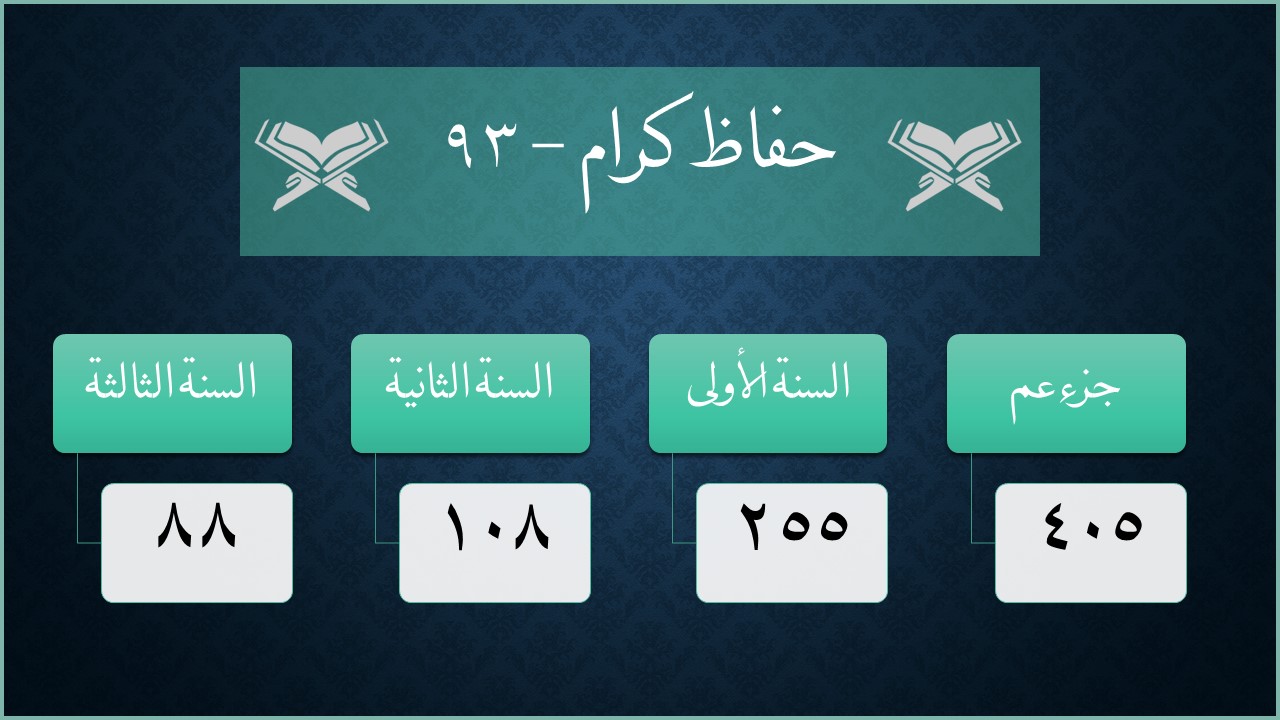
In the end, we infer that all of these achievements were possible only due to the divine blessings and nazar mubarak of Aqa Maula Syedna Aali Qadr Mufaddal Saifuddin TUS.